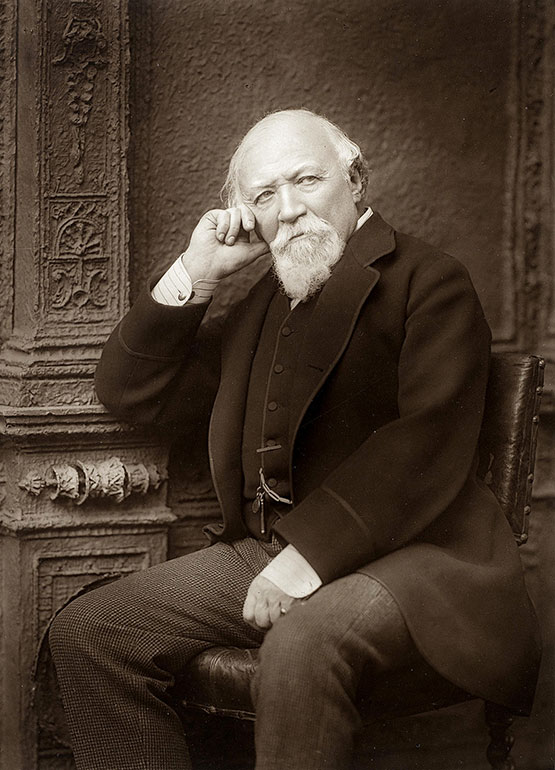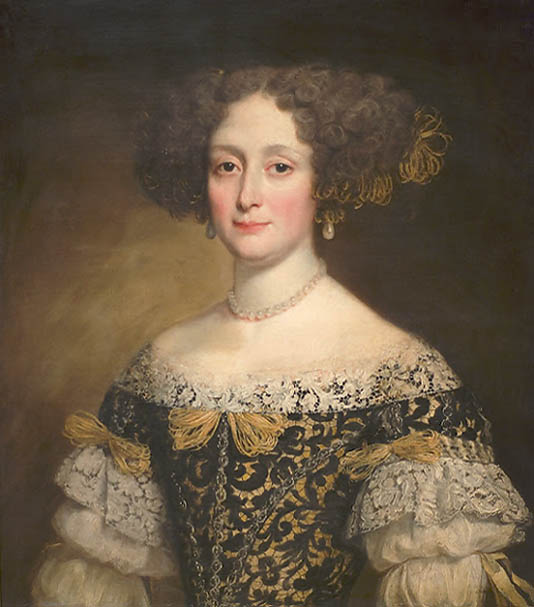The Story
In creating his painting, The Laboratory, John Collier drew inspiration from Robert Browning’s celebrated poem of the same name, which was first published in Dramatic Romances and Lyrics in 1845, and also from the exploits of the real-life Marquise de Brinvilliers.

In his poem, The Laboratory, Browning’s wicked first person narrative follows a would-be murderess as she watches an alchemist prepare a poison that will kill her husband’s lover. The poem has parallels to Browning’s more notorious work of 1842, My Last Duchess, where a husband speaks of his last wife whom he had seen fit to remove and possibly kill. Robert Browning was a family friend of The Collier family. Their shared curiosity towards these subjects are indicative of the endemic Victorian interest in the darkness of the human psyche, and a simultaneous repulsion and attraction to the femme fatale archetype.

Marie-Madeleine d'Aubray, Marquise de Brinvilliers was a French noblewoman whose ruthless path of murders in the 17th century has led her to be named one of the world’s first documented female serial killers. In 1676, she was accused and convicted of murdering her father and two of her brothers in order to inherit their estates. A letter by Brinvilliers, which she titled "My Confessions,” detailed the various crimes she had committed, along with attempts to poison her daughter, sister and husband. After her death, there was speculation that she poisoned upwards of 30 sick people in hospitals to test out her poisons. After being arrested, she was tortured, forced to confess, and finally executed. Her trial and death spawned the onset of the ‘Affair of the Poisons,’ a major scandal during the reign of Louis XIV accusing aristocrats of practicing witchcraft and inflicting poison elixirs. Components of her life have inspired stories, poems, and artwork, including The Laboratory.
